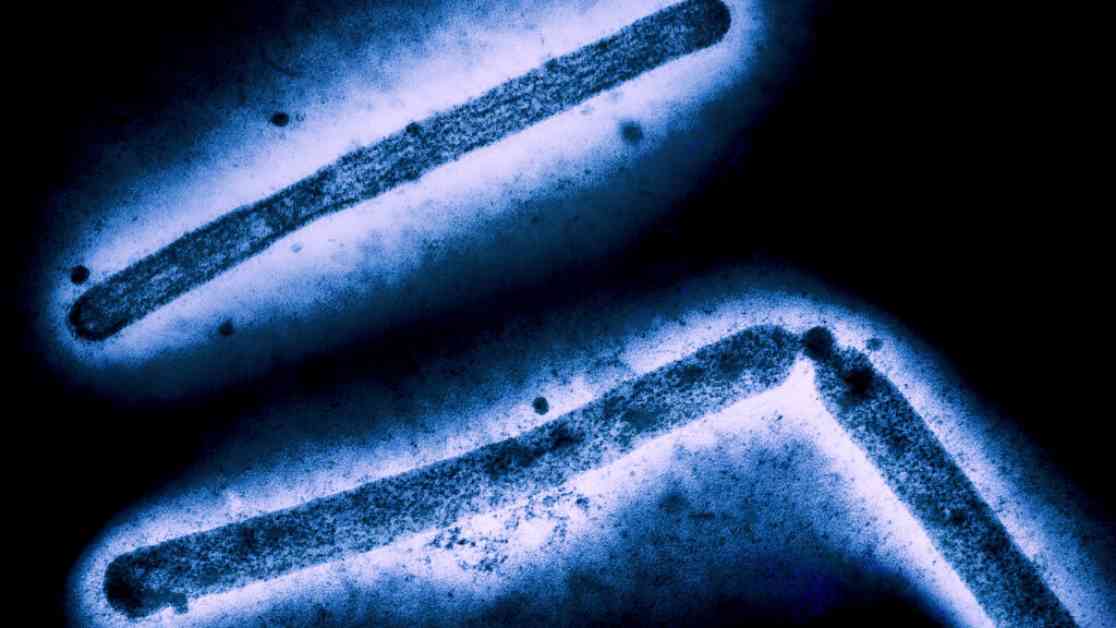Genetic Mutations in H5N1 Bird Flu Pose Increased Risk of Human Transmission
In a recent report by the Centers for Disease Control and Prevention, alarming genetic mutations were discovered in samples of H5N1 bird flu viruses collected from severely ill patients, raising concerns about the virus’ potential to attach to human cells in the upper respiratory tract. The mutations observed in these samples are believed to enhance the virus’ ability to bind to receptors in human airways, a significant departure from the typical behavior of bird flu viruses.
Expert Warnings
Scott Hensley, a microbiology professor at the University of Pennsylvania, emphasized the need for caution in interpreting the data from these severe cases. While acknowledging the significance of the CDC’s findings, he expressed unease about the implications of the observed mutations on the virus’s behavior in humans. The mutations detected in the patient samples were not present in the bird virus strains, suggesting that they developed during the individuals’ infections rather than being acquired from external sources.
Implications for Public Health
Virologist Angela Rasmussen echoed concerns about the grim situation posed by the increasing number of human cases of H5N1 bird flu. With the potential for a pandemic virus to emerge from these mutations, there is a pressing need to minimize human infections to prevent further spread and mutation of the virus. The CDC’s collaboration with health departments to analyze additional genetic sequences from infected individuals underscores the urgency of monitoring and containing the virus’s evolution.
Human Impact
One poignant example of the virus’s reach was the case of a teenager in British Columbia who battled H5N1 infection in critical condition, highlighting the severity of the disease and the potential consequences of genetic mutations. The personal stories behind these statistics serve as a stark reminder of the human toll of infectious diseases and the importance of ongoing research and surveillance to protect public health.
As the scientific community works tirelessly to understand the implications of these mutations and their impact on human health, it is crucial for individuals to stay informed and vigilant about preventive measures to reduce the risk of infection. The evolving nature of infectious diseases demands a coordinated effort from researchers, healthcare providers, and the public to combat emerging threats effectively. By staying informed, following public health guidelines, and supporting ongoing research efforts, we can collectively work towards safeguarding our communities against the spread of diseases like H5N1 bird flu.

















